
An Introduction to Engines – Fraser-Style
Issue 2 • Engine & Transmission Tip An Introduction to Engines – Fraser-Style The average automobile owner knows there is an engine under their hood,

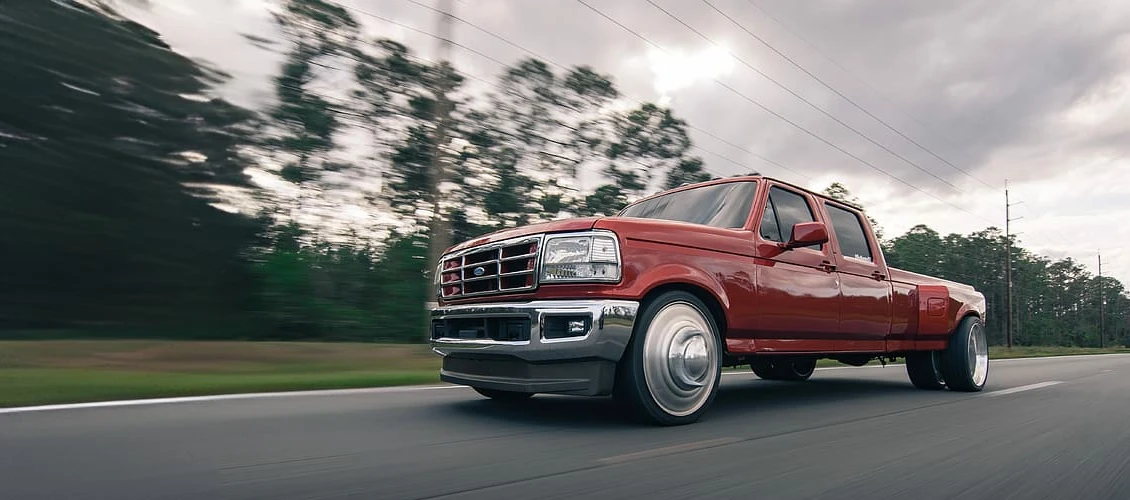
The Ford F-Series, a symbol of American automotive heritage, has been a staple on roads and worksites for over 70 years. With a rich history that dates back to the early 20th century, these trucks have evolved over a decade, from humble work vehicles to modern icons of strength and reliability. Let’s embark on a journey through time to appreciate the evolution and legacy of the F-Series.
Related Article: Take A Look at These Famous Ford Econoline Vans
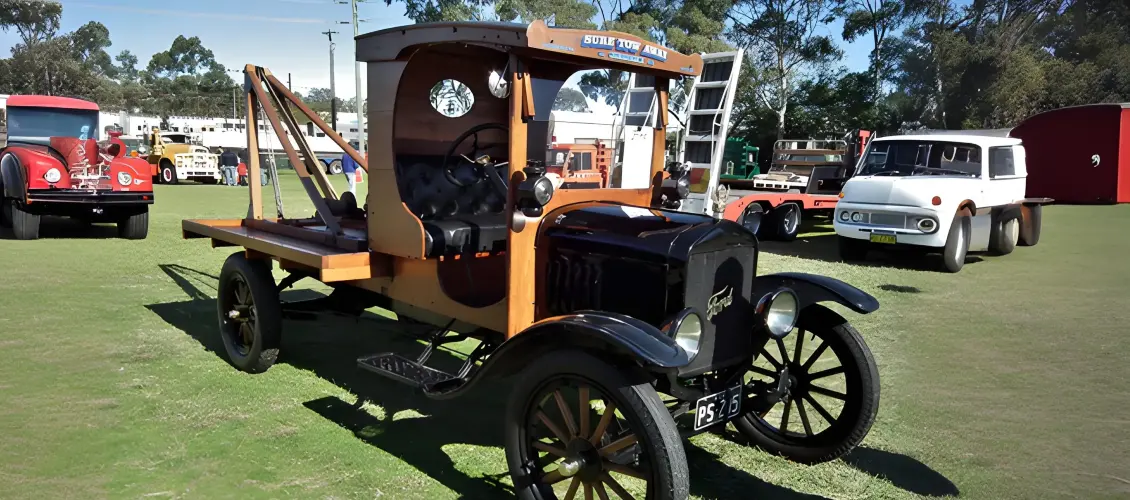
Photo Credit: sv1ambo
Before the F-Series reigned supreme, it all started with the Model TT in 1917. This rugged one-ton chassis, a derivative of the iconic Model T, wasn’t built for speed or glamour. It was a dedicated workhorse, hauling commercial goods and conquering rough terrain like a tireless mule. While it might not have had the sleek lines of a modern-day pickup, the Model TT planted the seed for a legacy of reliable trucks that would become synonymous with American muscle.
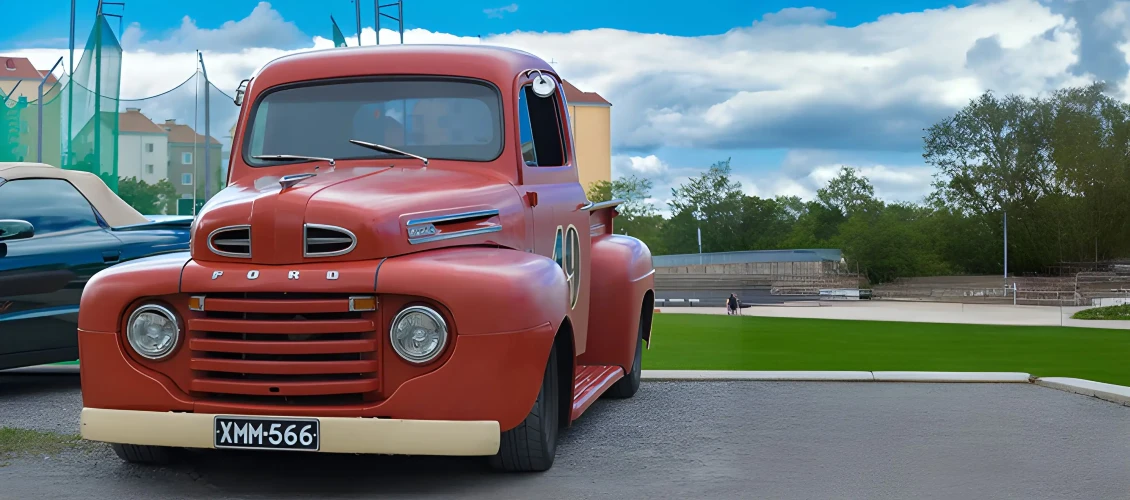
Fast forward to the post-war boom of 1948, and the first-generation F-Series emerged Ford truck lineup, marking a crucial step in Ford’s truck evolution. Nicknamed the “Bonus-Built” trucks, this line broadened the spectrum, offering options from the nimble half-ton F-1 to the heavy-duty F-8. These trucks prioritized driver comfort with improved cabs and visibility, showcasing Ford’s understanding that capability alone wasn’t enough. The F-Series wasn’t just a tool; it was a trusted companion for work and leisure.
But Ford wouldn’t be content with just hauling hay and lumber. The 1935 Ford Model 50 Pickup roared onto the scene with a fiery spirit, powered by the legendary flathead V8. This engine wasn’t just about brute force; it was a game-changer. It redefined truck performance, shifting the focus from mere utility to exhilarating power. The Model 50 proved that trucks could be both capable and thrilling, opening a new chapter in the world of automotive muscle.
The essence of a Ford truck has always been its unwavering commitment to conquering tasks. For generations, the F-Series has embraced this role with unwavering dedication. Engines grew stronger, chassis became sturdier, and hauling capacity skyrocketed. These trucks became the backbone of countless industries, effortlessly carrying heavy machinery, construction materials, and everything in between. Farmers relied on them for their harvests, businesses depended on them for deliveries, and families used them to build their homes and haul weekend camping gear. The F-Series wasn’t just a truck; it was a trusted partner, earning the respect and reliance of generations.
The F-Series’ towing prowess deserves its own accolade. From pulling heavy trailers for commercial jobs to yanking weekend cabins and camper boats for family adventures, these trucks have tackled every towing challenge with unwavering strength. Whether it’s the daily grind of commercial hauling or the thrill of off-road escapades, Ford trucks have proven themselves as versatile champions of the towing game. They’ve brought families closer to nature, helped businesses move mountains (literally), and made countless dreams a reality, one towed trailer at a time.
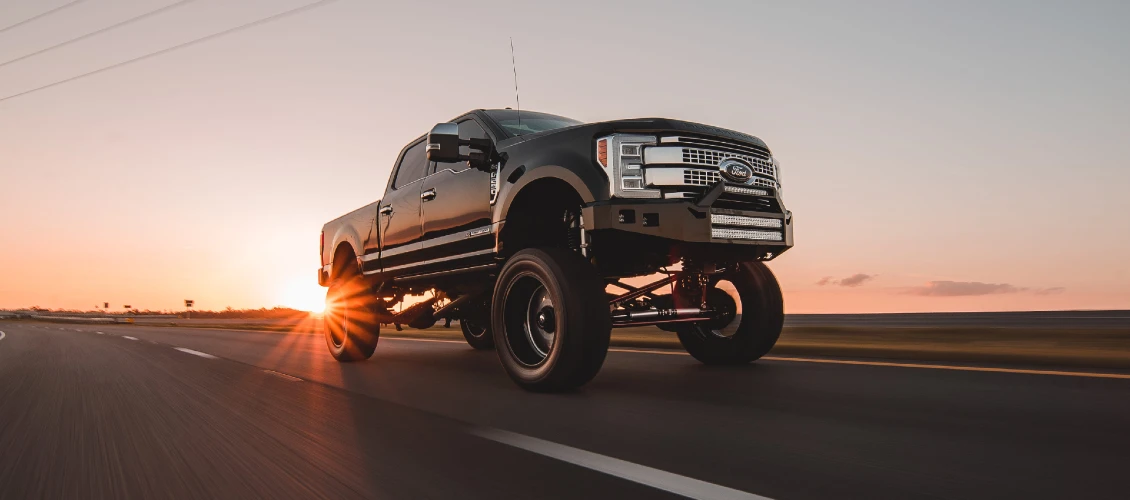
But Ford didn’t stop at building capable light-duty trucks. In 1998, they entered the heavy-duty segment with the Ford 6.4l engine, introducing a new platform for the Ford Super Duty F-250. This beast of a machine wasn’t built for weekend errands; it was forged for extreme work environments. Boasting a robust frame, powerful engines, and payload and towing capacities that dwarfed its light-duty brethren, the Super Duty quickly carved its own niche half-ton truck name. It became the go-to truck for farmers, construction companies, and anyone who demanded the ultimate in strength and capability. The Super Duty proved that Ford Trucks wasn’t just a brand; it was a spectrum of capability, catering to every need, from the everyday driver to the toughest professional.
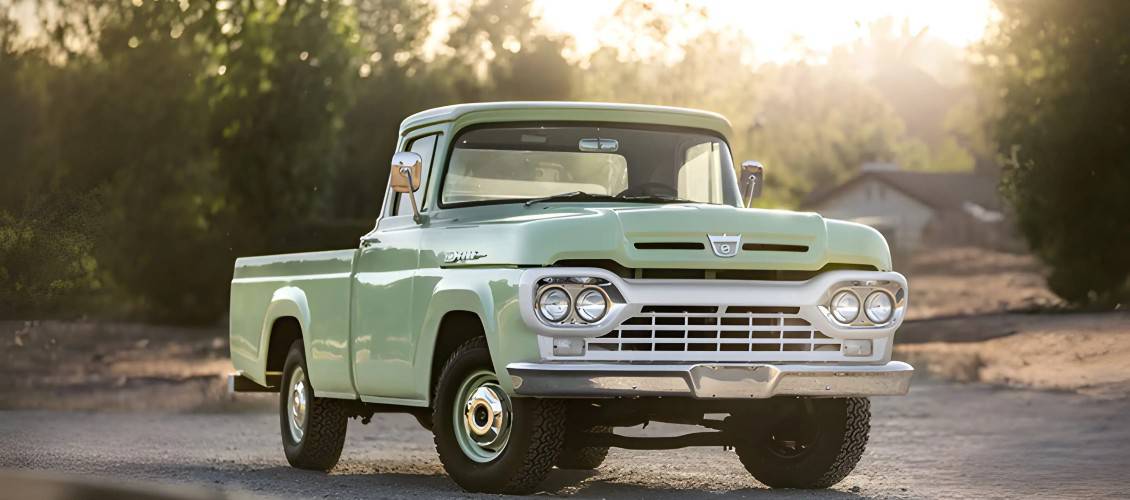
Ford threw a curveball with the unibody design of the fourth generation. This wasn’t just aesthetic; it was a revolution in driver comfort. The car-like interior, with its improved suspension and noise isolation, acknowledged a crucial truth: truck owners valued not just raw power, but also a pleasant driving experience. Long hauls became less of a chore and more of a cruise, making the F-Series an even more enticing companion for work and leisure alike.
The fifth generation F-Series honed its silhouette with aerodynamic curves and boasted a wider range of models, including the popular Crew Cab. But the real muscle resided under the hood. Powerhouses like the V8 427ci engine catapulted these trucks to new performance heights, proving that hauling hay and dominating drag strips weren’t mutually exclusive pursuits. This generation cemented the F-Series’ reputation as a force to be reckoned with, both on the farm and on the open road.
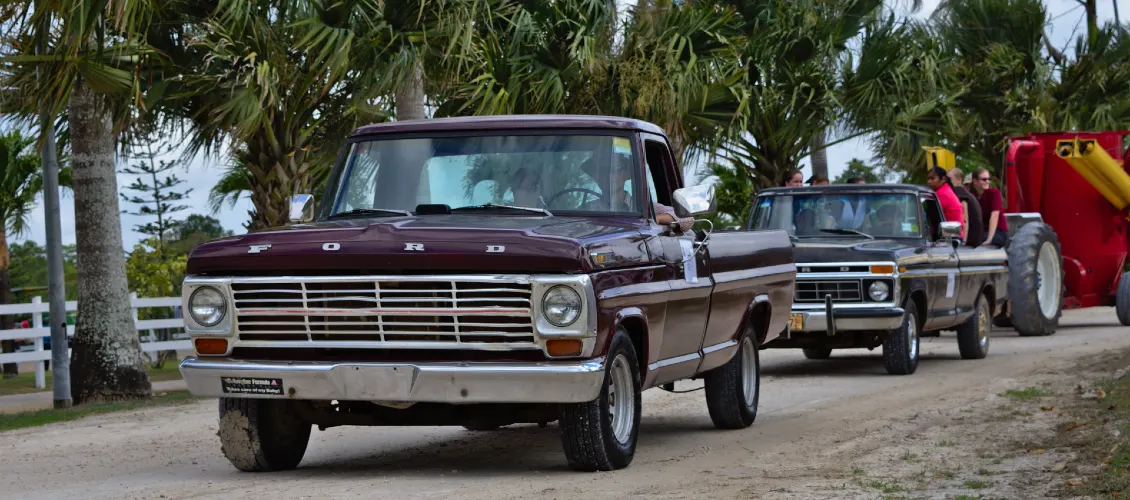
The sixth generation embraced its utilitarian roots. The boxy design and rugged construction were built to withstand the harshest work environments. The introduction of the SuperCab, with its extended cab, offered more space for crew transportation, making the F-Series a favorite among construction teams and families alike. This era wasn’t just about brute force; it was about adaptability and catering to diverse needs, proving that the F-Series could be the family wagon one day and the construction crew’s workhorse the next.
With the world grappling with an oil crisis, the seventh generation focused on a new frontier: fuel efficiency. Lighter materials and aerodynamic improvements shaved off pounds, while the introduction of diesel engines provided a more economical option. The F-Series proved that being a capable workhorse didn’t have to come at the cost of the environment, paving the way for a future of sustainable power in the truck world.
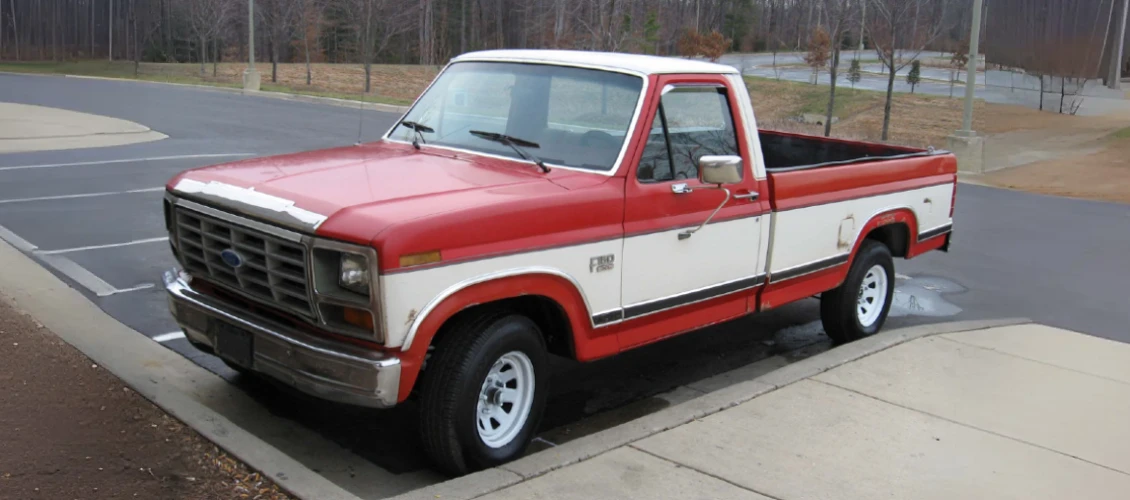
While the tenth generation focused on outward appearances, the eighth generation prioritized what lay beneath. It was a time for safety and performance upgrades. Rear anti-lock brakes – a technology still in its infancy – became standard equipment, enhancing stopping power and driver confidence. Modern fuel injection systems replaced carburetors, boosting fuel efficiency and engine responsiveness. These seemingly small changes laid the foundation for future advancements in both safety and performance, a hallmark of the F-Series DNA.
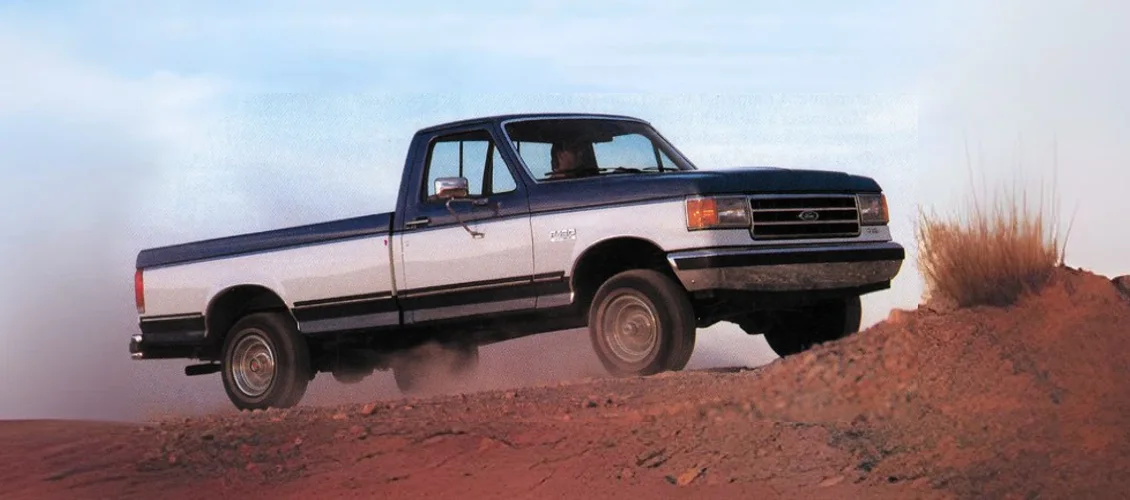
While many generations witnessed leaps in technology or power, the ninth generation focused on the finer details. Aerodynamics were further honed, interiors received a comfort upgrade, and a third brake light was added for enhanced safety. These seemingly minor improvements solidified the F-Series as a well-rounded truck, equally suited for workdays and family road trips.
The 10th generation F-Series shed its boxy predecessor like a snake shedding its skin. Aerodynamic curves replaced sharp angles, giving birth to a sleeker, more modern silhouette. But this wasn’t just about good looks. The new design improved both fuel economy and efficiency, making these trucks more appealing to a broader range of drivers.
This era also saw the birth of a legend: the Super Duty series. These beefed-up beasts redefined the heavy-duty truck market, offering unmatched hauling and towing capacities for the most demanding jobs. Whether conquering construction sites or hauling massive trailers, the Super Duty pickup trucks lived up to its name, becoming the go-to workhorse for industries seeking ultimate toughness cargo capacity.
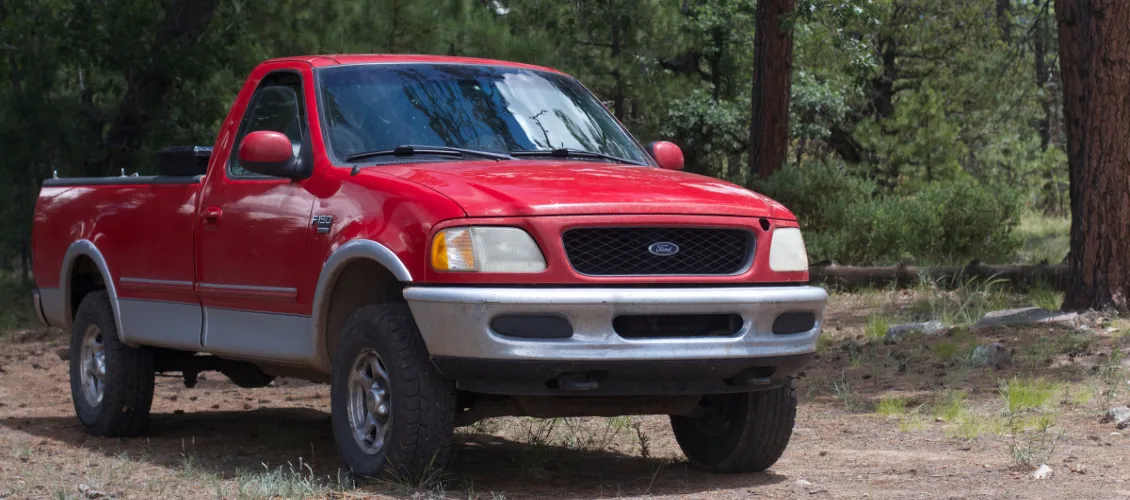
Sandwiched between the groundbreaking innovations of the tenth and twelfth generations, the eleventh generation focused on a slightly different kind of evolution of the Ford vehicle. This era saw a surge in power, with larger engines and improved towing capacity. Interiors also received a dose of luxury, with features like leather seats and premium sound systems catering to a growing segment of lifestyle truck owners who demanded both capability and comfort.
The oil crisis of the 2000s demanded innovation, and the twelfth generation delivered. The 12th generation F-Series took the concept of a truck and turned it on its head. Gone were the days of choosing between muscle and mileage. Introducing the EcoBoost engine, a marvel of engineering that delivered both V8-like power and surprisingly fuel-efficient numbers. This wasn’t just a truck for work; it was a powerful companion for weekend adventures and family road trips alike.
But the 12th generation wasn’t just about performance. It brought a wave of technology and luxury to the F-Series cabin. Touchscreen infotainment systems, voice-activated commands, and premium leather interiors turned these trucks into rolling command centers and comfortable havens on wheels. The F-Series had become more than just a tool; it was a statement of sophistication and style for the modern truck owner.
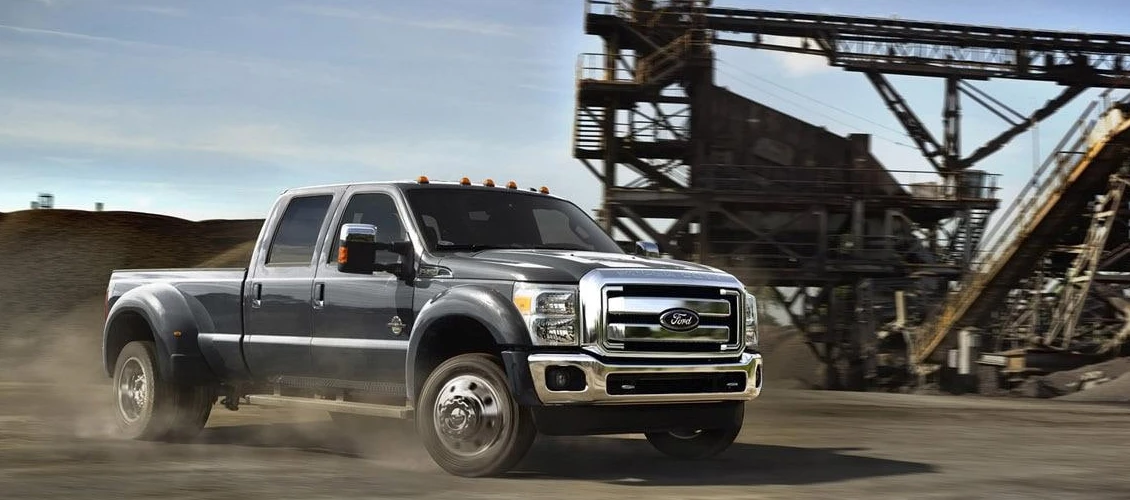
The latest generation continues the F-Series’ legacy of innovation with tech-forward features like intelligent cruise control, adaptive steering, and even lane-departure warning. Eco-friendly engine options like the hybrid powertrain cater to sustainability, while smart towing technology assists drivers in maneuvering even the heaviest loads with confidence. The thirteenth generation proves that the F-Series isn’t just a truck; it’s a rolling testament to Ford’s commitment to keeping pace with the ever-evolving needs of its owners.
The Ford F-Series trucks have not just evolved; they’ve revolutionized the very concept of what a truck can be. From the rugged early models to the modern, technologically advanced trucks of today, the F-Series continues to set standards in power, performance, and versatility. Whether for work, play, or anything in between, there’s an F-Series truck designed to meet and exceed expectations.

Issue 2 • Engine & Transmission Tip An Introduction to Engines – Fraser-Style The average automobile owner knows there is an engine under their hood,

Issue 23 • Engine & Transmission Tips Use these great tips for a smarter washing experience and super results! Some folk love to wash their

Issue 34 • Engine & Transmission Tips There is more to winterizing your car than adding winter wiper blades. The smart driver does a set
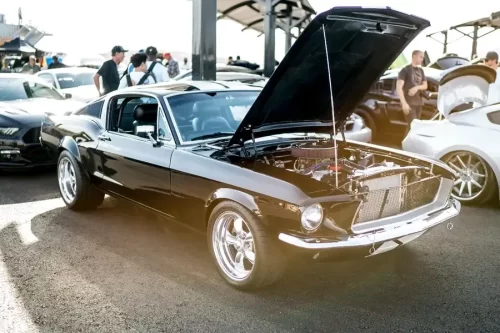
Issue 28 • Engine & Transmission Tips • Part 2 Which Should You Do? Replace Your Engine Or Your Entire Car? Welcome to Part 2
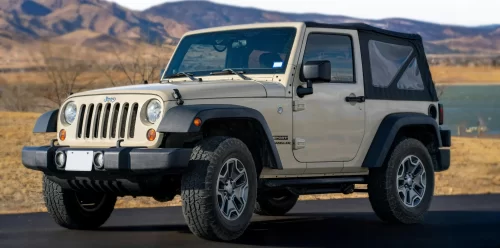
More than just a vehicle, the Jeep Wrangler is your ultimate companion for any adventure. The Wrangler, paired with dependable engines like the Jeep 3.8L

Issue 35 • Engine & Transmission Tips Still one of Ford’s strongest and Fraser’s most sought-after remanufactured engines In this article, we want to pay